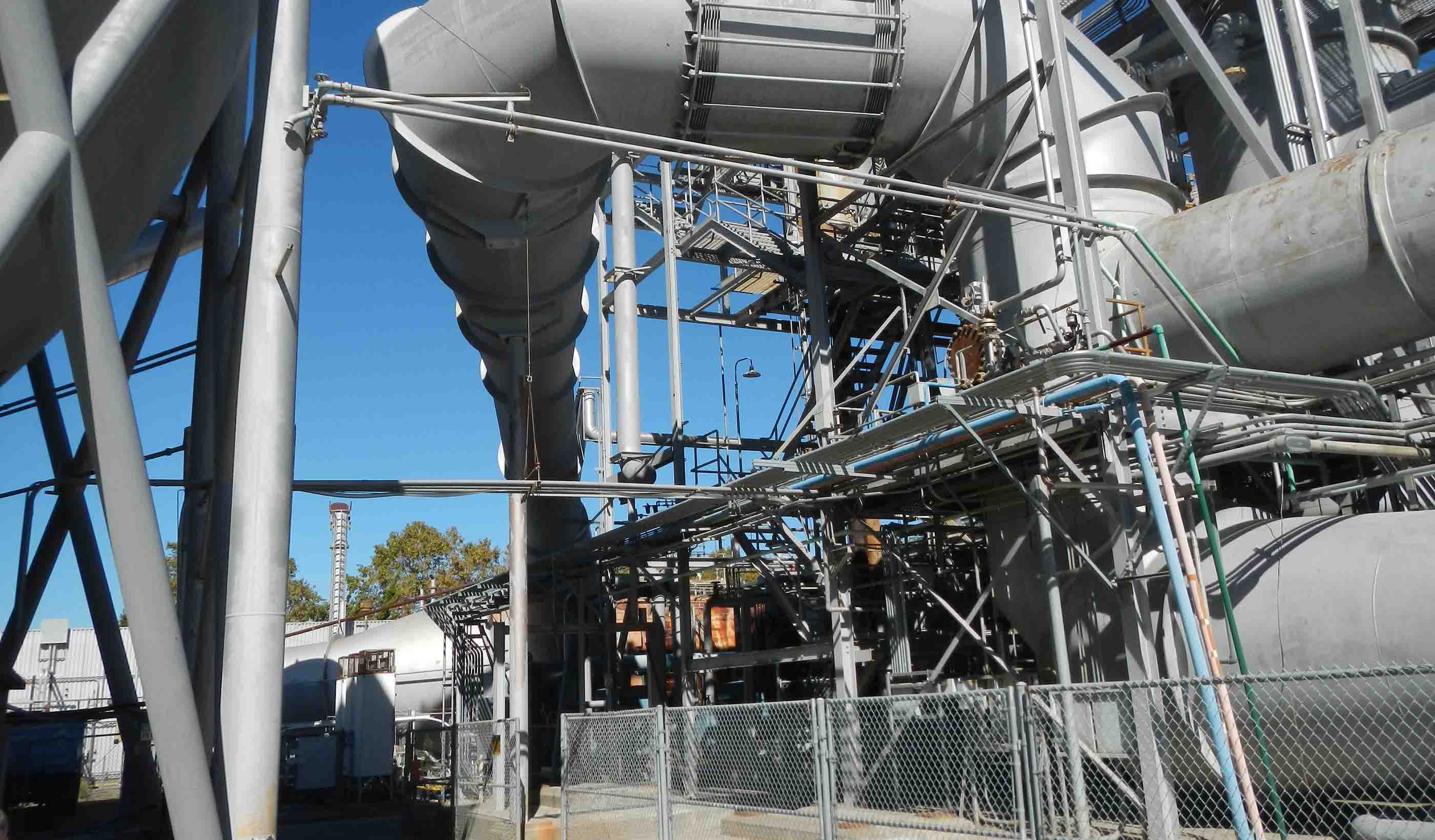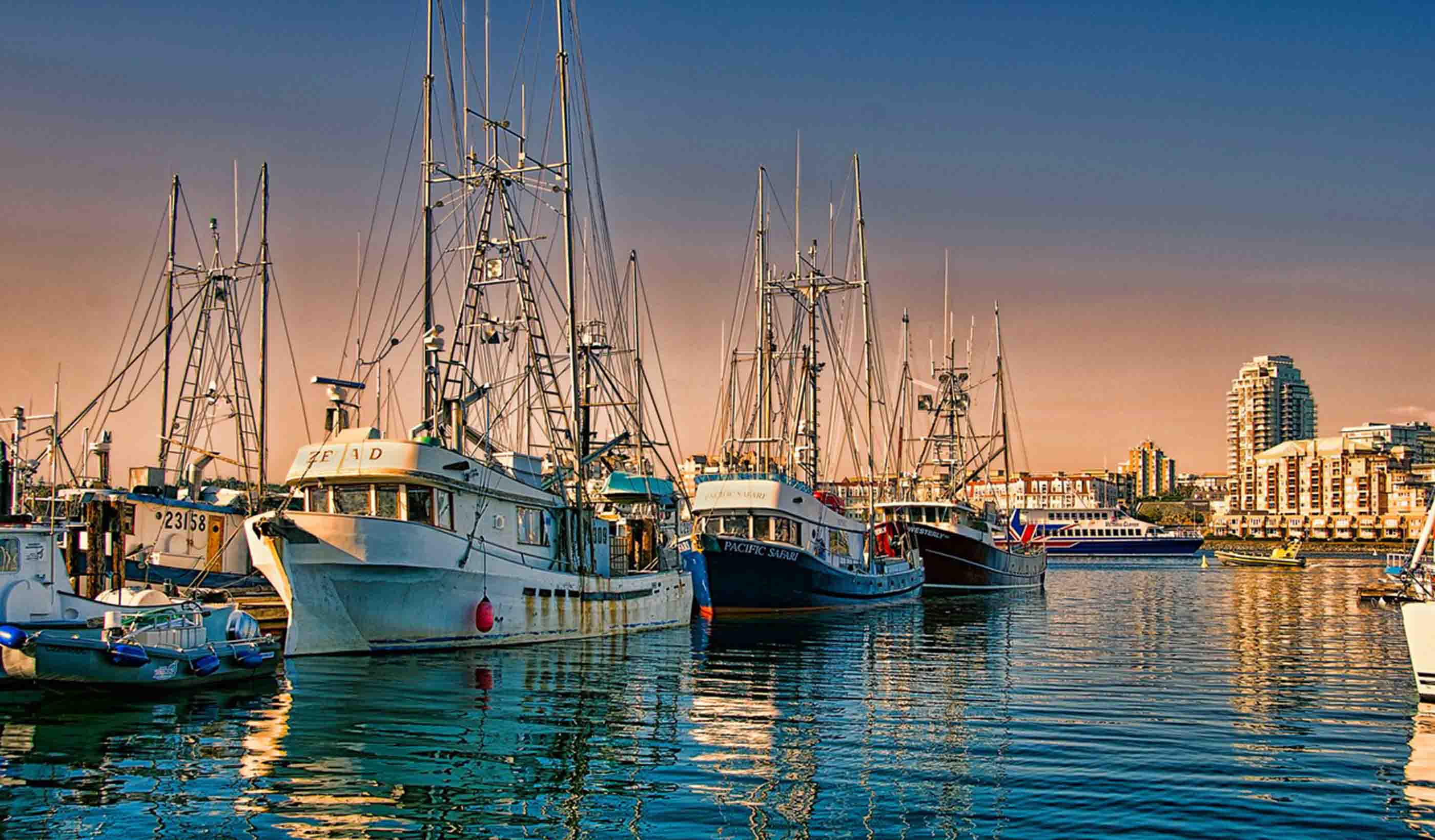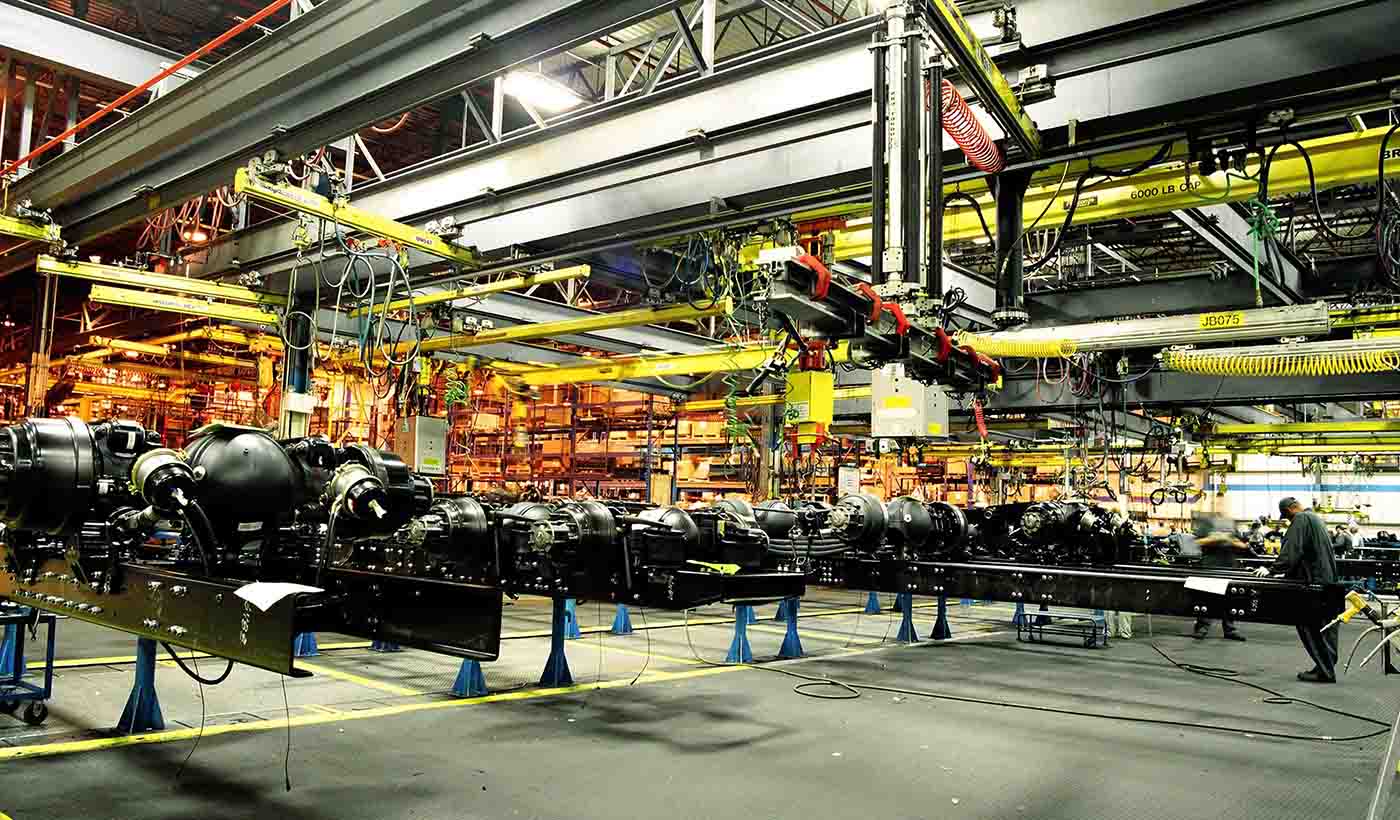Atmospheric Sciences
Balancing development with regulations
Rooted in reality, educated in natural sciences, our team of Atmospheric Sciences professionals focus on air quality, climate science, greenhouse gas (GHG), and ambient noise. Offering a full spectrum of services, we help clients identify, measure, and address air quality to meet regulatory compliance and permitting requirements. We also help them verify and quantify GHG emissions, quantify toxic/hazardous pollutants, evaluate the impacts of climate, and assess noise.
Spanning every sector, our services support both public and private projects across all aspects of atmospheric sciences. Together, we can help you address regulatory compliance while actioning your climate goals.
Air quality
With heightened priority placed on air quality compliance across all sectors, we recognize the importance of meeting permitting and regulatory requirements, anticipating future needs, and identifying the potential for ecological and human health risks. Whether you need air dispersion modeling, computational fluid dynamics modelling, air quality compliance, ambient monitoring, point-source emissions monitoring, consequence modeling, emergency planning, or pre-construction permits, our practitioners can help you from beginning to end. Read MoreClimate science
Analyzing and understanding climate change scenarios, timescales, and profiles is a critical first step in identifying related project risks and challenges. With the increasing frequency of extreme weather events—caused by climate change—we are also seeing a greater need to identify and understand climate change risk and vulnerability. Born out of our engineering and design experience, our climate scientists can support you with resilience and adaptation planning. Together, we’ll help you tackle your climate-related risks head-on. Read MoreGreenhouse gas (GHG)
Do you need to estimate your GHG emissions for your industrial facilities as part of your corporate inventories or offset projects? Do you require GHG verification aligned with ISO 14065? Do you need to action your carbon emission goals, understand carbon strategies, or plan for net zero? With global practitioners, we have sound understanding of legislation requirements and science-based targets supporting your reporting needs using standards such as the GHG Protocol and International Organization for Standardization (ISO). Read MoreNoise, vibration, and acoustics
From environmental, industrial, and transportation noise to monitoring and vibration, we’re dedicated to the consistent delivery of quality noise and vibration solutions through innovative problem-solving and smart application of technology. We understand the challenges related to regulatory compliance and public concern over noise and vibration issues, and our acoustic specialists provide noise and vibration solutions to meet your project needs. Read MoreExpert Spotlight
-

Frank Babic
Principal, Acoustics Practice Area Lead, Ontario
-

Vicki Corning
Senior Associate, Environmental Services
-

Gregory Crooks
Principal, Environmental Management
-

Daniel Hegg
Senior Associate, Atmospheric Environmental Management
-

Kimberly Ireland
Associate, Senior Environmental Engineer
-

Kevin Madry
Senior Principal, Technical Discipline Leader, Atmospheric Sciences (US)
-

Gizem Gunal-Akgol
Senior Atmospheric Engineer
-

Mike Murphy
Senior Principal, Environmental Management
-

Reid Person
Principal, Senior Air Quality Engineer
-

Allan Prits
Principal, Atmospheric Sciences
-

Yasmeen Sultana
Senior Principal, Regional Business Leader, Environmental Services (US Mountain)
-

Christina Varner
Atmospheric Engineer
-

Henry Solari
Environmental and Social Affairs Manager
We're better together
-
Become a client
Partner with us today to change how tomorrow looks. You’re exactly what’s needed to help us make it happen in your community.
Contact Us -
Design your career
Work with passionate people who are experts in their field. Our teams love what they do and are driven by how their work makes an impact on the communities they serve.
Join the Team


